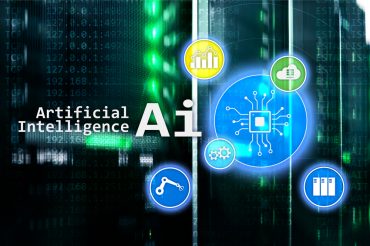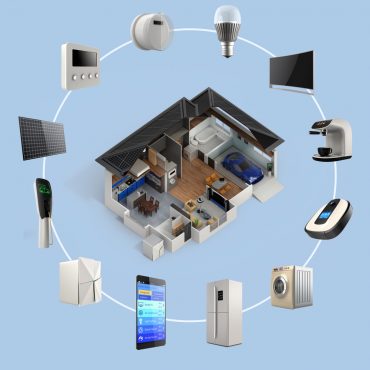
The edge is ripe for cross-pollination where lessons learned and solutions developed in one industry may be used for another application in a different industry.
When it comes to industries, edge computing is in the eye of the beholder. Every industry has its own distinct requirements and widely different applications for edge computing. In automotive manufacturing, edge may be seen in the systems that control assembly-line robots, or it may be within devices planted in the cars. In healthcare, it’s the processing built into medical monitoring devices. In supermarkets, it may be seen in the systems that monitor and control refrigeration units.
The bottom line is there are just as many edge computing applications as there are organizations, and they often serve the distinct industries they’re in. Yet, across the incredible variety of applications sprung within each vertical, the underlying technology is very similar – sensors, gateways, controllers, edge servers, and cloud platforms. That opens the door to a cross-pollination effect, in which the lessons learned and solutions developed in one industry may see the light of day as another application in a different industry. It’s a matter of keeping one’s eyes open.
See also: Center for Edge Computing and 5G
For example, in a paper submitted at last year’s IEEE Edge Conference, researchers reported how they borrowed edge technology originally developed for manufacturing shop floors to enhance online grocery shopping and delivery business. The proposed system, based on the MTComm industrial protocol which was developed to provide remote monitoring and operation services of manufacturing machines over the Internet. In another example, the infrared and audio sensors typically used in industrial settings are being applied to monitor wear and tear on freight trains as they roll through. Such sensors transmit temperature spikes in the wheel bearings of locomotives and freight cars, providing data for predictive maintenance.
These are just two of countless examples of crossover edge applications, based on technology built for one type of business, but repurposed for another. “Edge computing solutions can take many forms,” notes a Gartner analysis. “They can be mobile in a vehicle or smartphone, for example. Alternatively, they can be static — such as when part of a building management solution, manufacturing plant, or offshore oil rig. Or they can be a mixture of the two, such as in hospitals or other medical settings.”
“IoT will continue to expand its market and will reach a point where limited solutions survive in each vertical,” says Dr. John Park, executive director of the Open Connectivity Foundation. “At that time, IoT technology will be mature in terms of performance and compatibility.” The Open Connectivity Foundation, a cross-industry advocacy and standards group, is one of a number of groups working to specify common standards and interoperability between edge devices, regardless of form factor, operating system, service provider, transport technology, or ecosystem.
Out of this foundation of these edge technologies – sensors, cameras, embedded processors, edge servers – a wide diversity of industry edge computing applications are emerging. Here are just some of the ways edge technology is being deployed across key industry groups:

- Energy: Smart grid endpoints, smart meters, water usage sensors
- Financial services: Interactive ATMs, fraud alert systems
- Healthcare: Patient and clinician tracking mobile medical devices, wearable devices, monitoring devices, eHealth platforms, medical storage monitoring, biohazard management
- Manufacturing: Production monitoring and analytics, equipment tracking, tool tack and trace, machine diagnosis, asset monitoring, energy management, air quality monitoring
- Municipal governments: Traffic management, pedestrian safety, pollution monitoring, waste management, crime detection, smart parking, structural integrity, noise monitoring, smart street lighting
- Retail: Point-of-sale kiosks, augmented reality tools, in-store beacons, contactless payments, floor robots, automated restocking, inventory control
- Supply chains and logistics: Fleet tracking, real-time mapping and routing, monitoring and tracking inventory, product quality, temperature monitoring
Again, this is just a partial glimpse of the impressive variety of edge applications now possible through available technology. In the coming months and years, imagination and innovation will continue to enhance companies’ quality of operations and customer experience.






